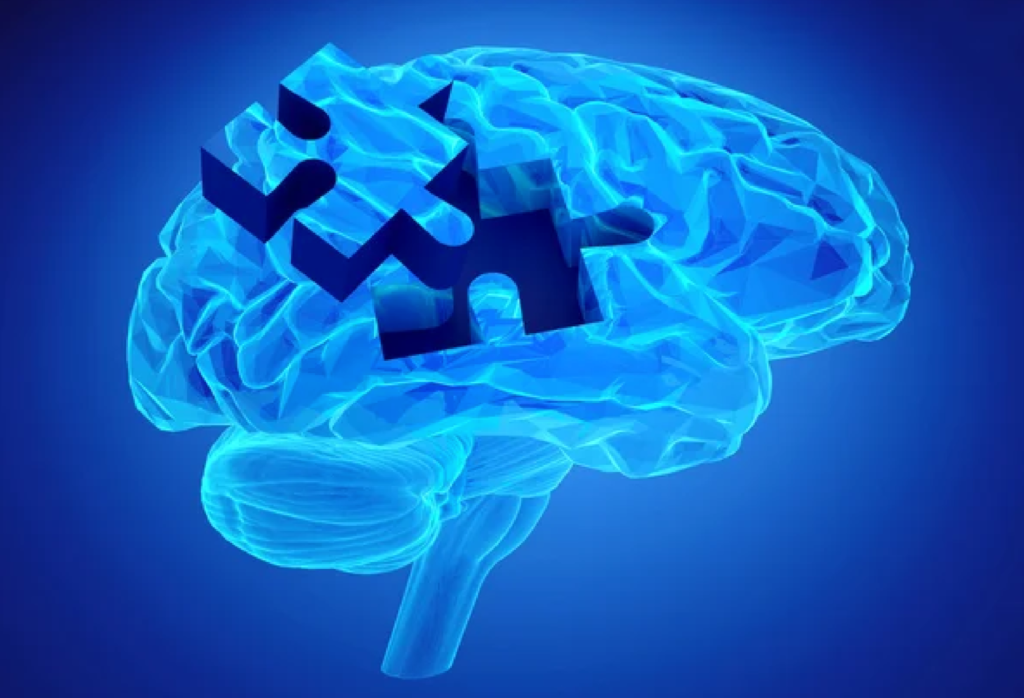By Lauren DeSouza- Master of Public Health, Simon Fraser Public Research University – Canada
Staff Research and Content Writer
© Copyright – SUD Recovery CENTERS – A Division of Genesis Behavioral Services, Inc., Milwaukee, Wisconsin – September 2022 – All rights reserved.
Researchers are beginning to understand the ways that drinking alcohol affects brain function.
Drinking large amounts of alcohol (“heavy drinking”) is known to contribute to cognitive decline, leading to diseases such as Alzheimer’s and Parkinson’s. However, we do not yet know the effects of drinking a moderate or average amount of alcohol on the brain.
A new study tested the effects of different levels of alcohol intake on cognitive function. The researchers were specifically interested in seeing if drinking the level of alcohol deemed “low risk” by government health departments also contributed to cognitive decline.

Image via Ingridat on EveryPixel
How does alcohol impact brain function?
Previous observational research linked heavy alcohol consumption to higher levels of iron in the brain. Researchers speculate that high brain iron leads to neurodegeneration, which is the progressive loss of function of nerve cells in the brain. High brain iron levels are seen in people with neurodegenerative conditions such as dementia, Alzheimer’s, and Parkinson’s diseases.
Alcohol suppresses the production of the hormone that regulates iron levels. Without enough of this hormone, the body will absorb more iron into the intestine. From there, the iron will spread to different organs in the body, such as the brain.
How did this study work?
This study investigated if and how consuming different levels of alcohol impacted brain iron levels. Researchers measured both brain and liver iron levels among people who drank various amounts of alcohol. They divided alcohol consumption into five levels, ranging from never-drinkers to heavy drinkers. They were interested in seeing whether a dose-response relationship exists, meaning that as the dose of alcohol increases, the amount of iron in the brain increases in response.
This is the largest study to date to investigate alcohol consumption and iron accumulation in major organs. This study used the UK Biobank to recruit over 20,000 participants. Participants were asked about their alcohol consumption and then asked to participate in MRI scans of their brains and livers to detect iron levels. This study is considered to be of high quality because it had such a high sample size, making it more reliable than previous smaller studies.
What were the results of this study?
Alcohol consumption, even at low levels, is associated with higher levels of brain iron in multiple regions of the brain. Even people who consumed moderate amounts of alcohol, within current UK “low-risk” drinking guidelines, had elevated levels of brain iron. Drinking more than 7 units, or 4 standard US drinks, per week was associated with elevated brain iron. Drinking more than 11 units (6.2 standard drinks) weekly in men and 17 units (9.7 drinks) or more for women was associated with higher liver iron.
This study found evidence of a dose-response relationship between alcohol consumption and brain iron levels. Levels of brain iron were progressively higher looking from the lowest to the highest quintile of alcohol consumption.
The researchers also tested participant’s cognitive skills. Higher levels of iron in the brain were associated with several indicators of poorer cognitive function. These include: slower reaction speed, issues with memory, focus, and attention, and problem-solving skills.

Image via Alan de la Cruz on Unsplash
What are the takeaways?
The results of this study suggest that even drinking a moderate amount of alcohol can harm cognitive function. The more alcohol you drink, the more iron builds up in your brain. Higher brain iron levels from drinking contribute to neurodegenerative conditions.
These results call into question the level of alcohol consumption we consider to be safe. The level of alcohol consumption that public health authorities deem “low risk” was still shown to contribute to higher brain iron levels. The researchers suggest that there may be no safe level of alcohol consumption for brain health. Ultimately, these results can and should lead us to rethink our guidelines for drinking alcohol.
References
Topiwala A, Wang C, Ebmeier KP, Burgess S, Bell S, Levey DF, et al. (2022) Associations between moderate alcohol consumption, brain iron, and cognition in UK Biobank participants: Observational and mendelian randomization analyses. PLoS Med 19(7): e1004039.
